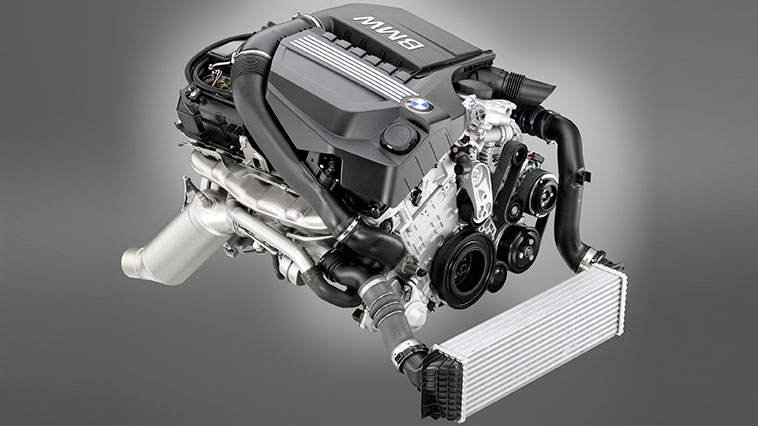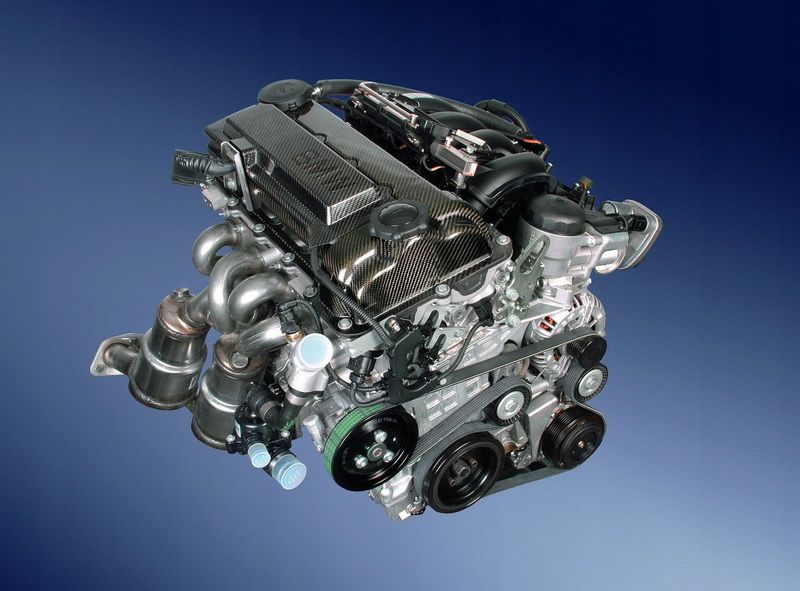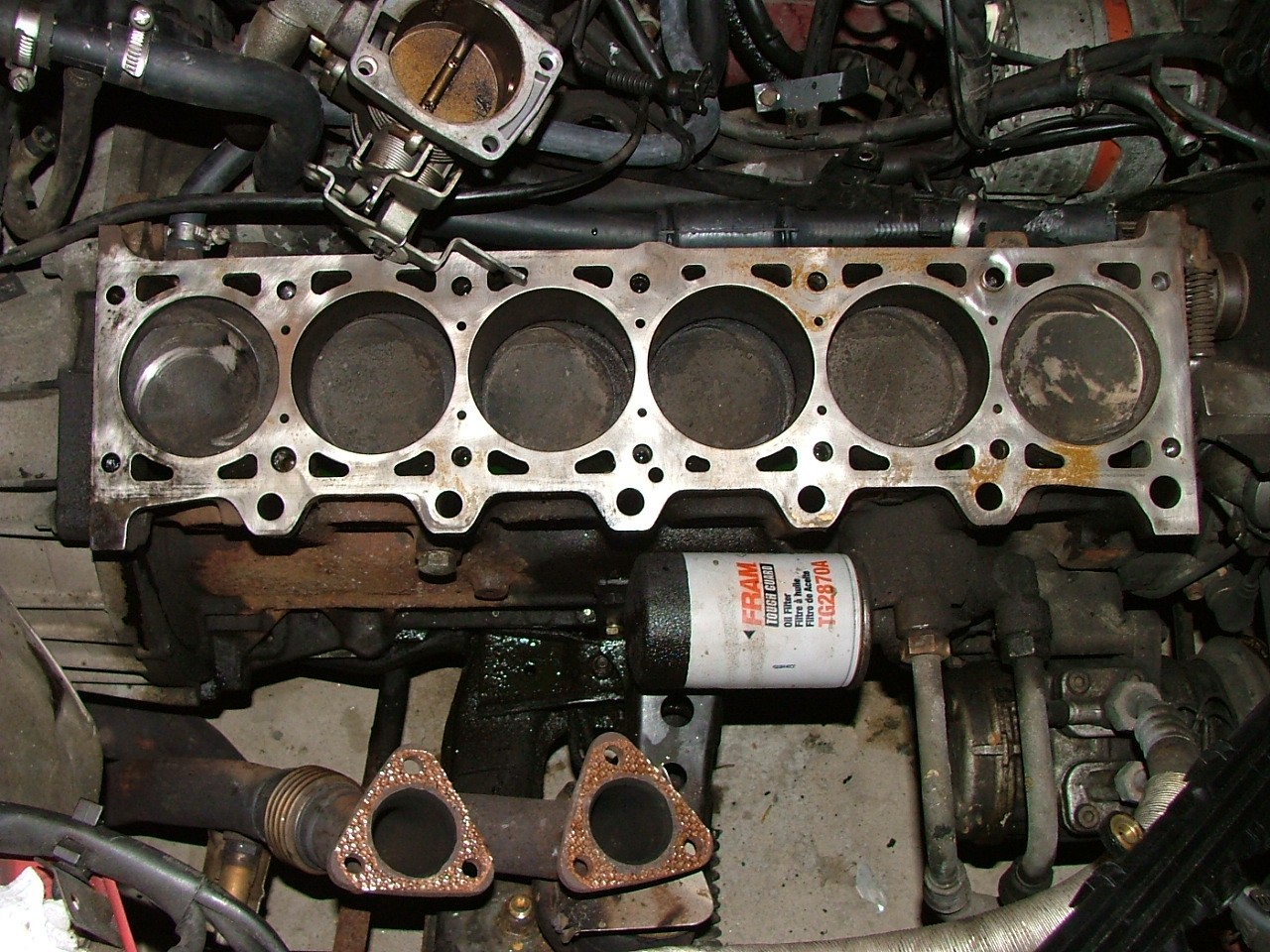
N55 engine - the most important information about the machine
Content
The new N55 engine was BMW's first twin-scroll turbocharged petrol engine with Valvetronics and direct fuel injection. Read about BMW technologies and N55 specifications.
N55 engine - what is the design of the unit?
When developing the design of the N55 gasoline engine, it was decided to use two overhead camshafts - an open and lamellar design - with an aluminum crankcase that was located next to the engine. The crankshaft is made of cast iron and the cylinder head is made of aluminium. The design also includes intake valves with a diameter of 32,0 mm. In turn, the intake valves were filled with sodium.
The N55 uses a twin-scroll turbocharger. It was equipped with two separate screws that directed the exhaust gases to the turbine. As mentioned earlier, the combination of turbocharging with direct fuel injection and Valvetronic was also new to the N55.
How the Valvetronic system works
Valvetronic is one of the latest technologies used by BMW. This is an infinitely variable intake valve lift, and its use eliminates the need to install a throttle.
The technology controls the mass of air supplied for combustion to the drive unit. The combination of the three systems (turbo, direct fuel injection and Valvetronic) results in improved combustion characteristics and significantly improved engine response compared to the N54.
Variations of the BMW N55 powertrain
The base engine was the N55B30M0, which began production in 2009.
- Its power is 306 hp. at 5-800 rpm;
- The torque is 400 Nm at 1-200 rpm.
- The drive was installed on BMW cars with the 35i index.
N55 engine
A newer version of the turbocharged engine is the N55. Distribution has been underway since 2010, and the updated version provides 320 hp. at 5-800 rpm. and 6 Nm of torque at 000-450 rpm. The manufacturer used it in models with the index 1i and 300i.
Options N55B30O0 and N55HP
Sales of the N55B30O0 started in 2011. This variety is an analogue of the N55, and the technical parameters are as follows:
- power 326 hp at 5-800 rpm;
- 450 Nm of torque at 1-300 rpm.
The engine was installed on models with an index of 35i.
Another option, which began production in 2011, is the N55HP. It has the following options:
- power 340 hp at 5-800 rpm. and 6 Nm of torque at 000-450 rpm. (overforce 1Nm).
It was used in BMW models with the 35i index.
The unit is also available in a sports version (S55 engine with up to 500 hp). It is worth mentioning that the most powerful version of the M4 GTS used water injection.
Design differences between the BMW N54 and N55
Speaking of the N55, one cannot fail to mention its predecessor, i.e. unit N54. There are many similarities between the models, such as the previously mentioned features, with the exception of the cast-iron crankshaft, which is 3 kg lighter than the one used on the N54.
In addition, the N55 engine uses only one turbocharger, rather than two as in the N54B30. In addition, in the N54, each of the 3 cylinders was responsible for one turbocharger. In turn, in the N55, the cylinders are responsible for one of the two worms that drive this element. Thanks to this, the design of the turbocharger is lighter by as much as 4 kg compared to the older version of the unit.
BMW engine operation. What problems arise when using?
Using the new BMW N55 engine can cause some problems. One of the most common is increased oil consumption. This is primarily due to the crankcase ventilation valve. Therefore, it is worth regularly checking the technical condition of this component.
Sometimes there are also problems with starting the car. The cause is most often burnt hydraulic lifting mechanisms. After checking the technical condition of the part, use high-quality engine oil.
What you need to know about the operation of the unit?
You should also remember to change your fuel injectors regularly. They should work out about 80 km without problems. If the replacement timing is observed, their operation will not cause problems associated with excessive engine vibrations.
Unfortunately, the N55 still has a rather annoying problem with the high pressure fuel pump.
You already know the specifications of the individual BMW unit versions. The N55 engine, despite some shortcomings, can be described as reliable and durable. Regular maintenance and careful attention to messages will allow you to use it for a long time.
A photo. main: Michael Sheehan via Flickr, CC BY 2.0

